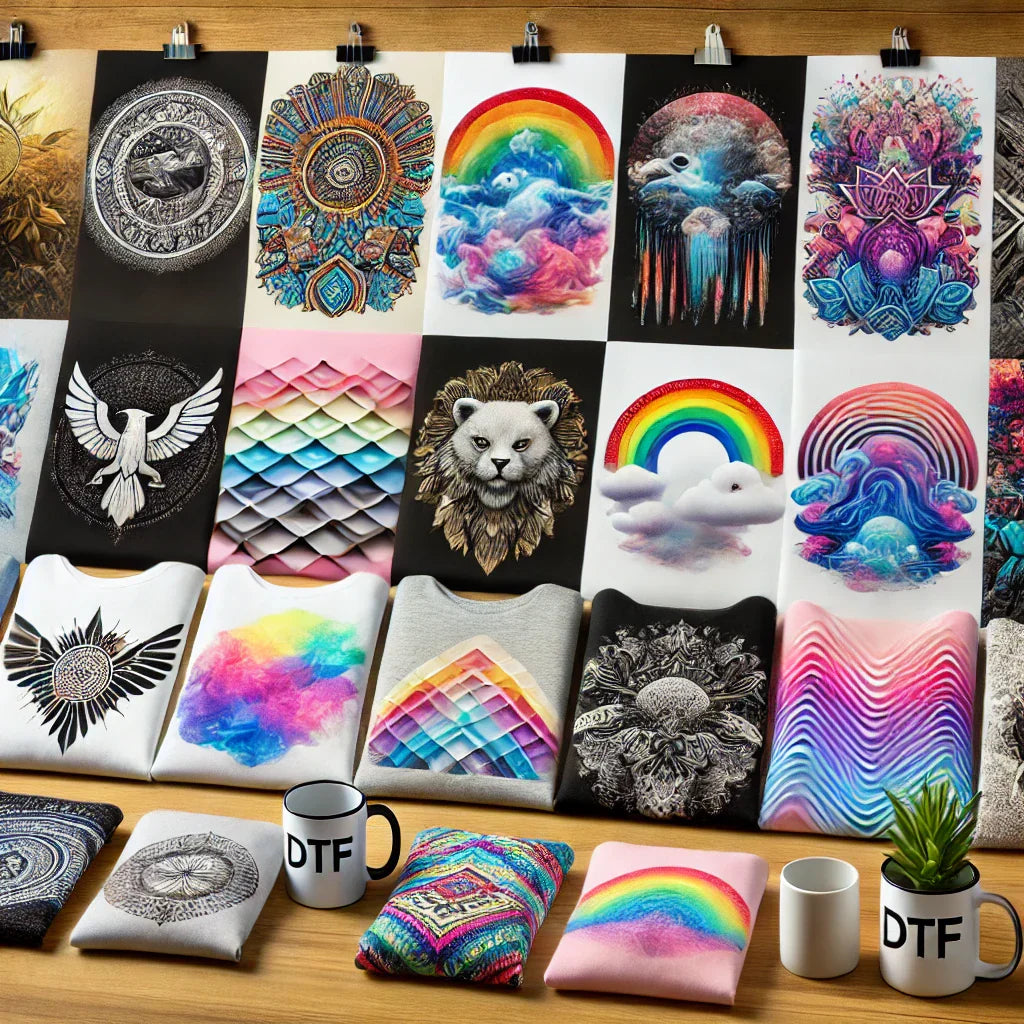
Custom Heat Transfers: Create Unique Designs
Custom Heat Transfers: A Guide to Creating Unique Designs for Personalized Apparel
Textile decoration is one of the most powerful realms for personal creativity and brand development. Custom Heat Transfers offer a fast, economical, and professional method to personalize all types of garments, ranging from T-shirts and hats to bags and uniforms. This technique is key for individual designers, small businesses, and large brands looking to create distinct prints. Bringing your own custom transfer designs to life becomes a process that is both enjoyable and highly efficient when you follow the correct steps.
From Concept to Print: Design Preparation
The journey that culminates in a perfect custom heat transfers begins in the digital environment. The quality of your design will directly impact the appearance of the final product.
-
Resolution and Sizing: Ensure your design is high-resolution (preferably 300 DPI). Low-resolution images will appear blurry or pixelated when printed. Furthermore, accurately determine the exact dimensions of your graphic, considering where it will be used—such as the chest, back, or sleeve area of the shirt.
-
File Format: PNG (supporting transparent backgrounds) or Vector formats (Ai, PDF, EPS) are generally preferred. Vector files, in particular, prevent any loss of quality when scaling the design up or down.
-
Color Mode: Prepare your file in the CMYK (Cyan, Magenta, Yellow, Black) mode to ensure colors appear on the print as they do on the screen. Conversion from RGB to CMYK can sometimes cause minor tone differences; therefore, always verify your colors using the CMYK profiles.
-
Outlines and Fine Details: Designs containing extremely thin lines or complex shadows may pose issues with certain transfer types. Consult with your professional supplier beforehand regarding the minimum line thickness requirements for your specific design.
Choosing the Transfer Type: Deciding Based on Your Needs
Custom Heat Transfers is a broad term covering several different technologies. Selecting the right type ensures your project meets its requirements for durability, hand-feel, and cost.
-
DTF (Direct-to-Film): This is the most popular type recently. It offers vibrant colors and excellent flexibility. It can be applied to nearly all fabrics, including difficult ones like dark-colored and polyester garments, without pre-treatment.
-
Vinyl (Heat Transfer Vinyl - HTV): Typically used for single-color geometric shapes and text. It is highly durable but is not suitable for complex, multi-color graphics.
-
Sublimation: This technique is only suitable for light-colored fabrics with a high polyester content. Since the ink permeates the fabric fibers as a gas, the print fully integrates with the texture of the garment.
The Ordering Process: Efficiency and Speed
Once your design is ready, the ordering phase begins.
-
Utilizing a Gang Sheet: If you are ordering multiple small designs or several copies of the same design, use a Gang Sheet (batch layout). This approach maximizes the transfer film's usage, significantly reducing the cost per unit.
-
Supplier Selection: Choose a supplier who is reliable, offers a fast turnaround time, and has a proven track record of high print quality. Quality transfers are far more resistant to color fading and cracking over time.
-
Proof Verification: Before your order goes into production, you must check the digital preview (proof) sent to you by the supplier. The size, color, and positioning should be approved at this stage.
The Application Stage: The Key to Success
Once the transfer films are in your hands, correct pressing techniques become critical.
-
A Heat Press is Essential: Use a professional heat press instead of a domestic iron for perfect results. Heat presses guarantee the correct pressure and uniform temperature distribution.
-
The Critical Trio: Successful application requires the correct combination of three settings: Temperature, Time, and Pressure. These settings vary based on the transfer type and the fabric content (for example, cotton may require higher heat than polyester).
-
Pre-Pressing: Press the garment for 5–10 seconds before applying the transfer. This brief step removes moisture and wrinkles from the fabric, ensuring better transfer adhesion.
-
Peeling Method: Apply the correct peeling technique based on your transfer type: either cold peel (after the transfer has completely cooled) or hot peel (immediately after opening the press).
Creating unique Custom Heat Transfers requires accurate design, the right technology, and precise pressing. Your diligence directly impacts final product quality and durability, making this method ideal for brand building and personalized gifts.


Leave a comment
This site is protected by hCaptcha and the hCaptcha Privacy Policy and Terms of Service apply.